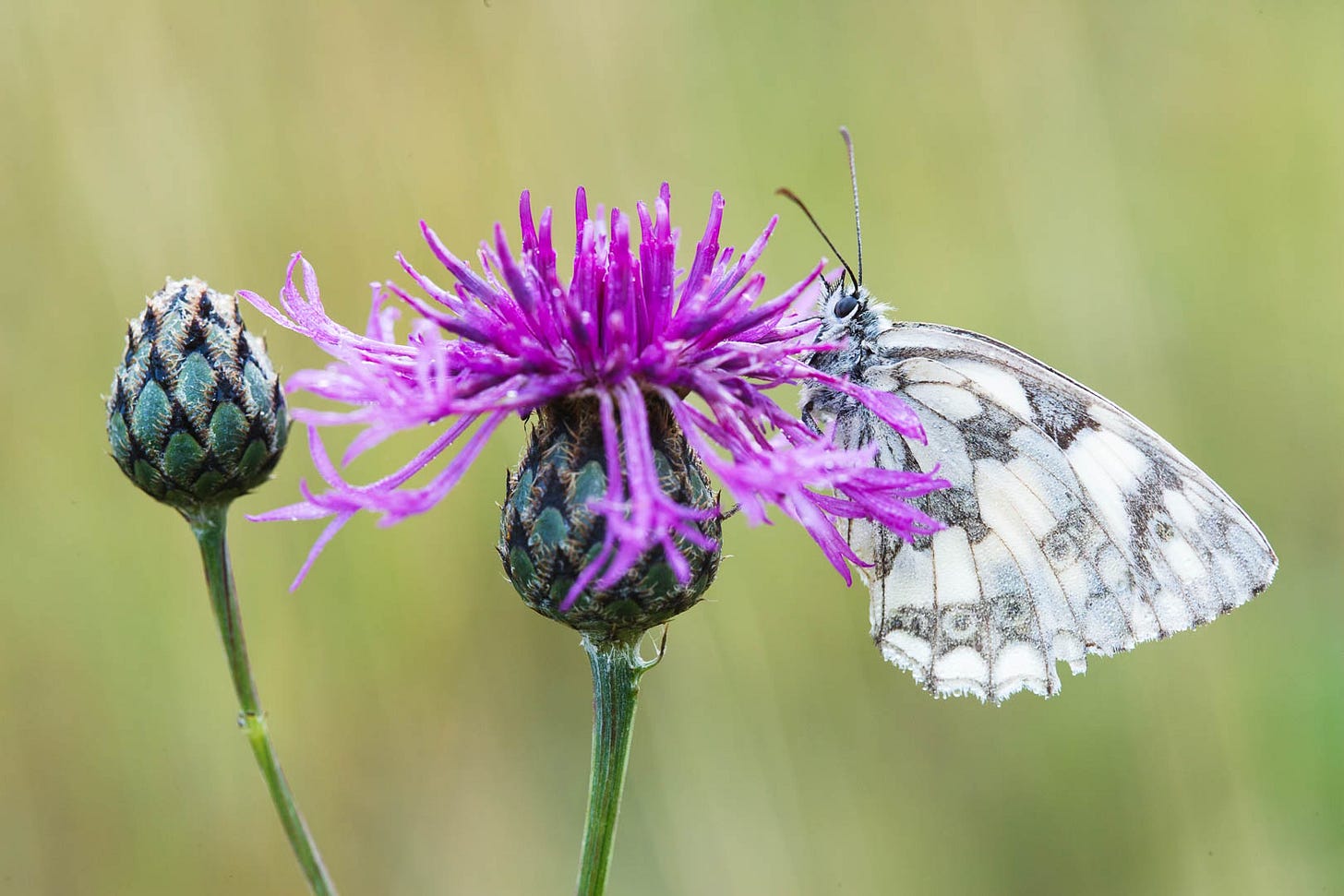Clipping No.10 The Pollinator’s Garden
Why a truly beautiful garden should buzz, flutter, hum and crawl. A practical (and slightly passionate) guide to planting for pollinators all year round.
A successful pollinator garden works both ways. It supports a cast of bees, butterflies, moths, hoverflies and beetles, while also giving the gardener something to swoon over. Beauty and beasties in harmony. If things get too unruly, we stop tending it. If we stop tending, the magic fades. It’s a balance.
A Pollinator Primer
Flowers aren’t just pretty faces, they’ve cleverly evolved, over millions of years, to lure in pollinators and get the job done. Pollen, made in the anthers, carries the plant’s genetic material.
Nectar, a sugary liquid produced by the flower, offers cold-blooded pollinators a quick energy hit. Nectar draws them in, but it’s the pollen that seals the deal, especially for bees, who collect it to feed their young.
As insects move from flower to flower, pollen gets brushed from the anthers (the male bits) onto the stigma (the female bit) of another flower of the same species. Once fertilised, the plant can set seed and reproduce. Job done.
Planting with Purpose
Native plants are a brilliant place to start. They’ve evolved in step with the local climate, soil, and the pollinators themselves. In my own borders, you’ll find native primroses, red and white campion, Centaurea, cow parsley, foxgloves, sweet woodruff and wild carrot, quietly doing their bit.
Cultivars of native species often strike a lovely middle ground. Anthriscus sylvestris ‘Ravenswing’, cornflowers, Achillea, Scabiosa, Salvia, Verbascum and Digitalis all spring to mind. They look good, with stunning cultivars, and feed the wildlife too.
Of course, garden borders have never really stuck to national boundaries. Global plant imports are part and parcel of modern gardening. What matters most isn’t where a plant hails from, but whether it offers nectar, pollen, and easy access.
Just beware the showstoppers. In many modern cultivars, nectar and pollen production have been bred out in favour of ever more elaborate petals. Frilly doubles may look fabulous, but they often bring nothing to the buffet. So before you fall for a flamboyant bloom, check if it’s doing more than just turning heads.
🐝 Fun Fact: Not All Nectar Is Equal
While it’s true that all nectar is similar in principle (a sweet treat to lure in pollinators), not all nectar is created equal. Its sugar content (Sucrose, glucose, and fructose) and nutritional value can vary quite a bit between plant species.
Some offer a rich sticky blend of sugars and amino acids, perfect for bees stocking up for the hive. Others produce thinner, more dilute nectar better suited to moths or butterflies. A few plants go further still, lacing their nectar with caffeine or other compounds to encourage repeat visits. Clever stuff, really.
So while the origin of a plant doesn’t matter much, the quality of what it offers can make all the difference. It’s one more reason to plant a varied mix of flower forms and to make sure your favourite bloomers are actually bringing something to the table.
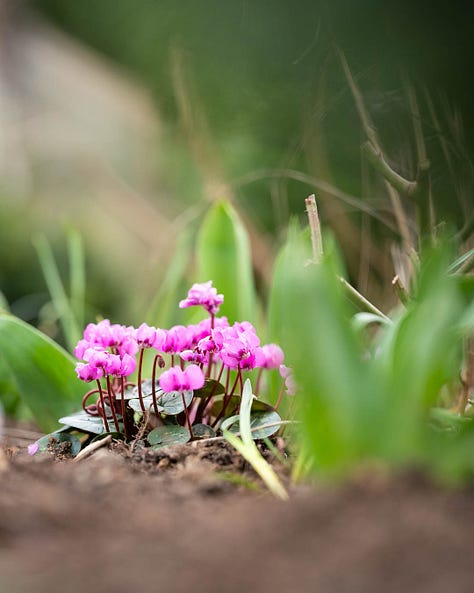
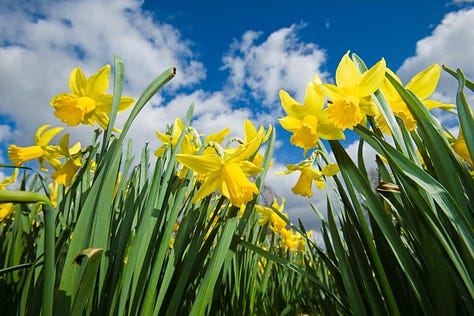
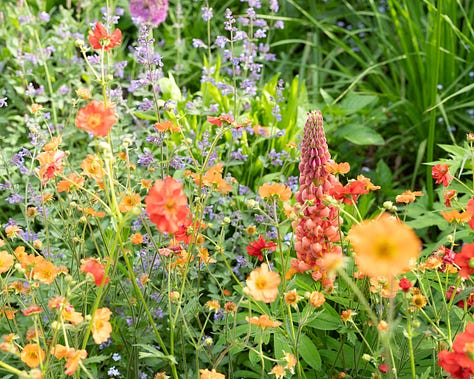

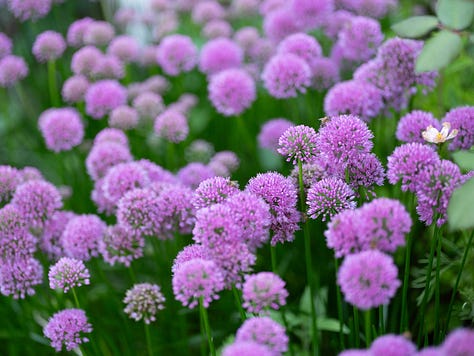
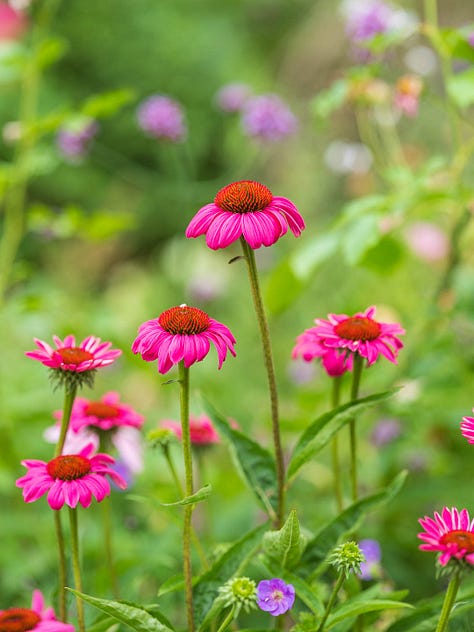
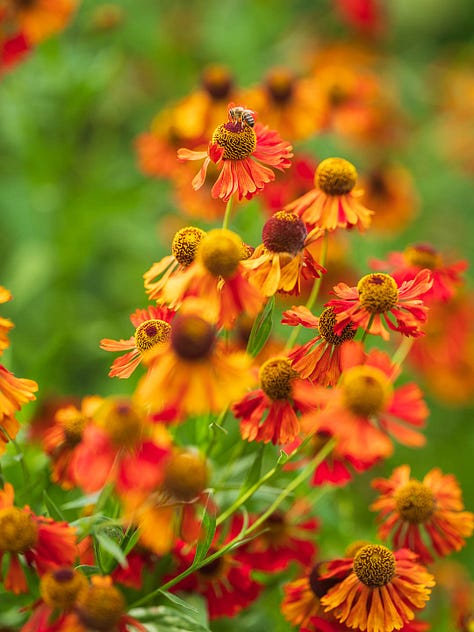
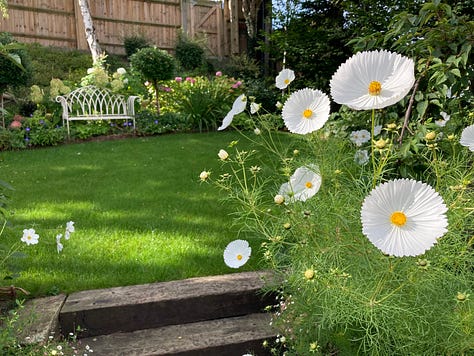
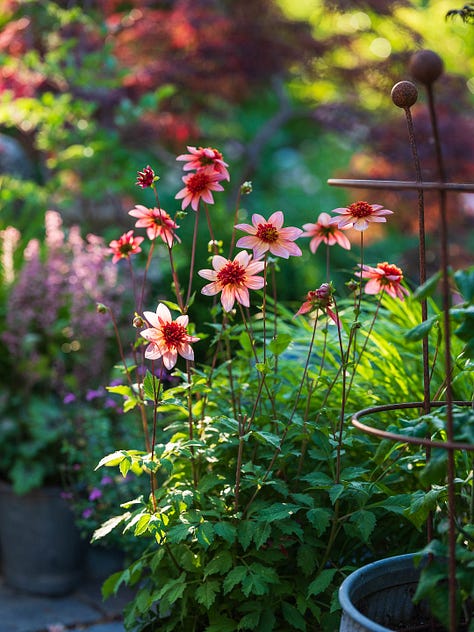
A Garden That Flowers All Year
My garden is never still. There’s a gentle rhythm to it. A quiet rising and falling of blooms throughout the seasons. Summer is always a smorgasbord, overflowing with colour and scent.
But things kick off much earlier, with wild primroses, snowdrops, and Crocus, and they wrap up late with warmth-loving dahlias, Helenium and Helianthus. As autumn leans into winter, Viburnum blossom, Cyclamen coum, hellebores and winter honeysuckle step in to keep the buffet going.
Keep reading with a 7-day free trial
Subscribe to The Gardening Kind by Elliott Neep to keep reading this post and get 7 days of free access to the full post archives.




